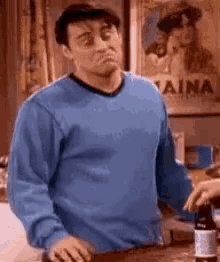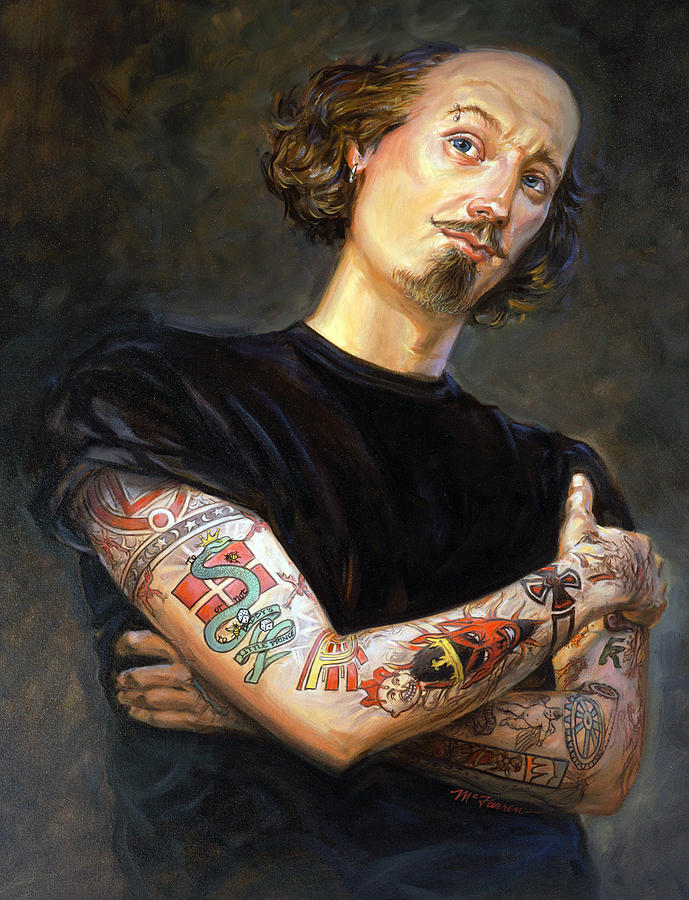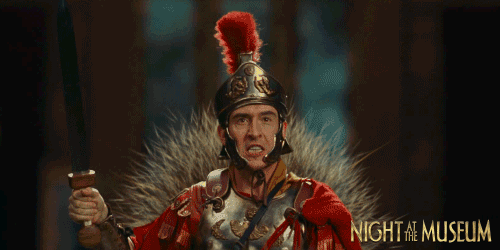Tonight the (20-10-1) Winnipeg Jets take on the (14-15-2) Ottawa Senators at Canada Life Centre. The Jets are coming off of a 3-2 loss against the Seattle Kraken and are now 6-4 in their last ten games. The Senators are 6-3-1 in their last ten games after a 4-2 defeat at the hands of the Minnesota Wild. Is a certain Winnipeg hotel really full of static sheets, or is a certain former Senators player a “Meth”-head, or is he just full of “sheet”? Twitter posts don't lie, unless they are deleted unexpectedly...

We all know that Ottawa is our nation's capital and is the home of “Meth”-head, but there are other interesting facts that you may not know. Let's explore...

Ottawa was originally called “Bytown”. It was named after Colonel John By. By was the English military engineer best known for overseeing the construction of the Rideau Canal, and thus founding Bytown.
Bytown was founded in 1826, as the northernmost point on the Rideau Canal. Later, in the 1850s, the name was changed to “Ottawa”, after the Algonquin word “Adawe”, which means “to trade”. It was named this because its river (now the Ottawa River) had been used for trade purposes from Montreal for over 200 years...
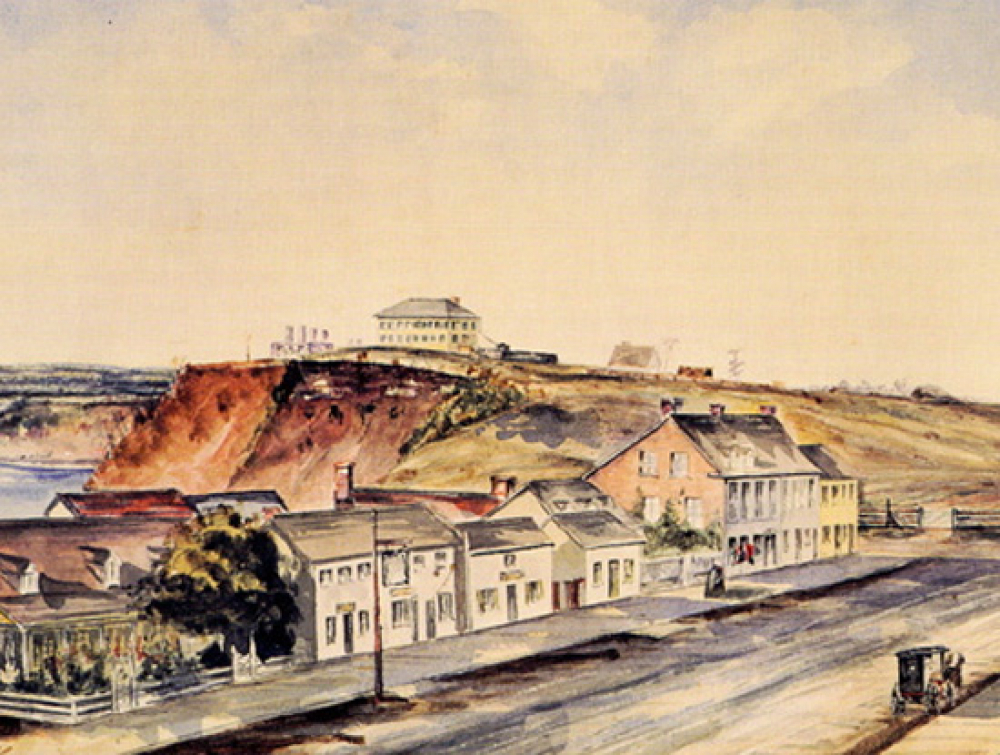
Kingston, Ontario was the original capital of Upper Canada. Upon Canada’s official confederation in 1867, several Canadian cities were in the running for the capital city.
Montreal, Toronto, and Kingston were all contenders. All three cities had been more developed at the time, however, Queen Victoria surprisingly chose Ottawa to be the capital city, instead.
Her reasoning was that it was somewhat between Montreal and Toronto, and on the border of English and French-speaking Canada at the time. Plus, it was farther away from the American border than Kingston, making it more strategic in case of potential attacks...
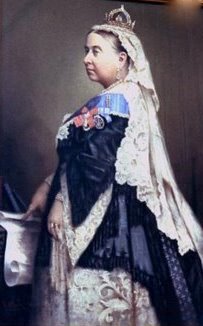
The Chateau Laurier was the brainchild of Charles M. Hays. Hays was the president of Grand Trunk Railway, which was the major railway in Canada. Hays wanted to build the Chateau Laurier to give visitors to Ottawa an exquisite place to stay.
The hotel was built in 1911. After that, Hays travelled to London, England to buy furniture for the dining room of the hotel. The grand opening of the hotel was scheduled for the spring of 1912.
On his way back from London, Hays was offered a spot in a luxurious suite on the Titanic. We all know how that ship sailed.
Unfortunately, Hays went down with the ship in the Atlantic, along with three cases of furniture destined for the dining room of the Chateau Laurier.
The hotel is now said to be haunted by his ghost...

Ottawa boasts a UNESCO World heritage site – the Rideau Canal. It is the best preserved example of a slackwater canal built in North America. It remains operational along its’ original line with most of the structures from the early nineteenth century still intact. In winter, the Canal becomes the longest skating rink in the world (7.8 km), or so they say. Wasn't ours longer?
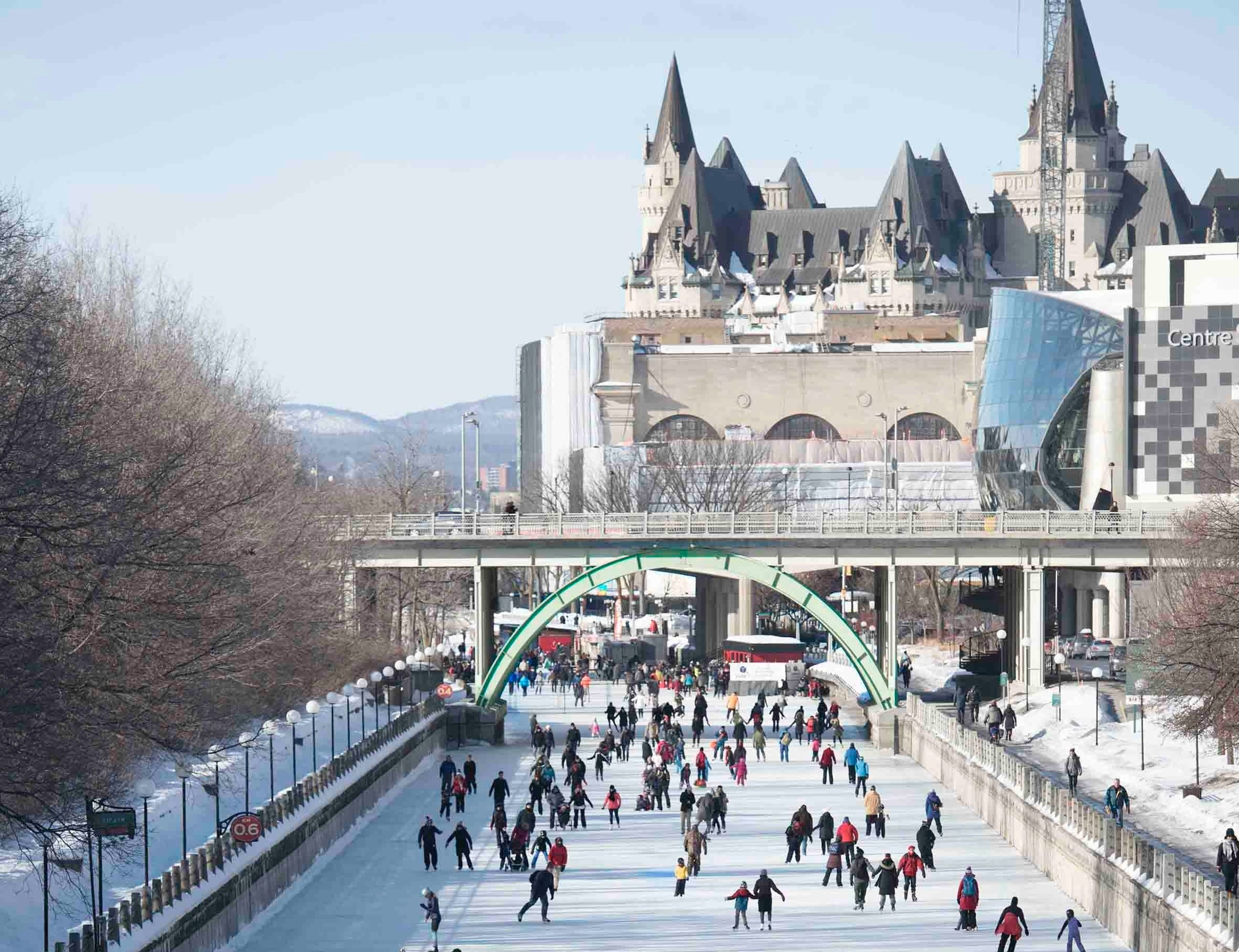
In 1959, Prime Minister John Diefenbaker commissioned the building of his own, highly secretive underground bunker. A remote location was found in the rural region of Carp, about 30 kilometres west of downtown Ottawa. The bunker took two years to build, and its depths are extensive and detailed in plans.
Skeptics criticize that the need for a Canadian Prime Minister to build such a bunker was a waste of time and money. When the public learned about it years later, it was said to paint Diefenbaker as a paranoid and frivolous leader.
Hindsight is 20/20, and this incredible bunker was never used. However, it is now cleverly known as the Diefenbunker Museum. Its unused interior leaves behind a perfectly preserved piece of Cold War-era history...

In 1916, there was a huge fire at Parliament. It started because of a fire in a wastepaper basket. Since the buildings were built primarily of wood in 1866, it was an instant inferno.
The Parliamentary Library is the only part that survived. Thanks to a clever librarian who closed the iron fire door, the inspiring library and many important documents inside were saved.
This is why the library looks distinctly older than the rest of the parliament buildings...


After being sold at local fairs for a few years, the first BeaverTails hut opened in Ottawa in 1980. Located in the historic Byward Market, today you’ll find it crowded with long lines for these delicious pastries.
BeaverTails are essentially Canadian donuts, and they are definitely something everyone should try.
Today, BeaverTail trucks, huts, and shops are located across Canada and even internationally. They’re a classic winter-time treat for those skating on the Rideau Canal, but they are delicious any time of the year.
Am I the only one who has never heard of these...

There are approximately 300,000 tulips in Ottawa. At least 20,000 were originally gifted to Ottawa during World War Two when the Crown Princess Juliana of the Netherlands gave birth to her daughter.
In order for a proper heir to the Dutch throne to be born, the grounds where the Princess gave birth needed to be Dutch. The Canadian government declared that the maternity suite would be “extraterritorial” for the birth, in response. This meant that the newborn royal baby was completely Dutch.
Thanks to that gift from the Dutch Royal family, Ottawa has gained a reputation as being a home to many different tulips. Nowadays, Ottawa hosts its annual tulip festival in the spring.

There is a waiting list that is over 100 years long to get one of the flags taken down from the Peace Tower at Parliament. Only one flag is permitted per household, and they’re available to anyone who is a Canadian resident.
You can reserve a spot for one of the used flags on the Government of Canada’s website. If you aren’t sure if you’ll be around in 100 years, you can reserve one for a younger family member.
This tradition just feels Canadian, which makes it one of our favourite Ottawa fun facts...

The “Whispering Wall” monument behind the Parliament Buildings is definitely worth checking out.
It was built in 1914 in memory of Robert Baldwin and Louis-Hippolyte Lafontaine, two Canadian Statesmen. It’s meant to symbolize the importance of an open and honest democracy and encourage discussion.
If you sit or stand at one side of the monument and whisper against the wall, a friend sitting on the other side will be able to hear you. It sounds like they’re sitting right beside you! You can easily have a conversation, completely by whispering...

The entire Canadian War Museum was designed to align with the sun, so that at 11:11 am on November 11th each year, the sun falls on the Tombstone of the Unknown Soldier in the Hall of Remembrance.
When you visit the Canadian War Museum, which is an incredible museum in its own right, there’s actually a line that is built into the floor of the museum that falls along this same line of the sun...
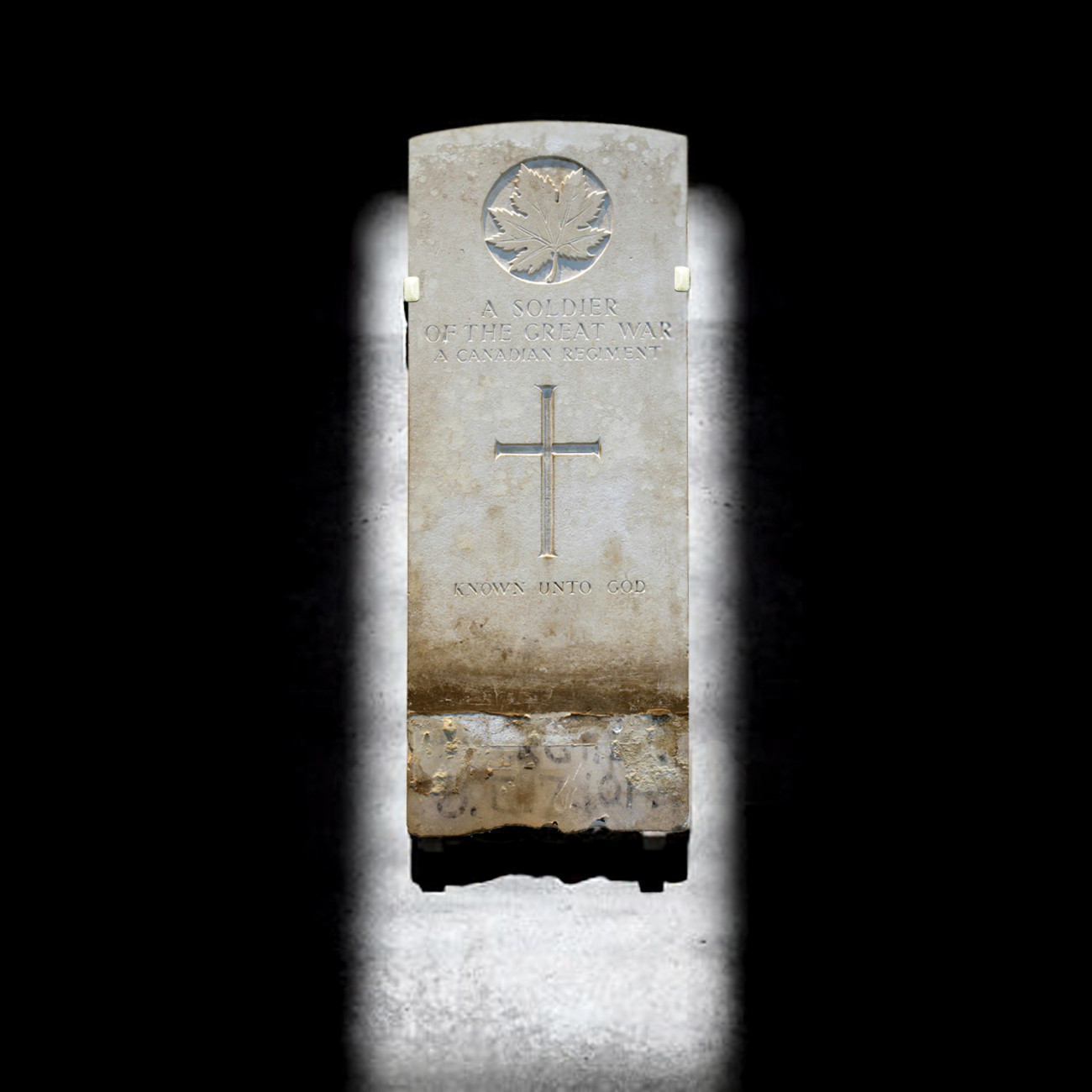
The Carlton County Jail was an operational jail from 1862 to its closure in 1972. It held inmates accused of all sorts of crimes, including murder.
During its heyday, it was known as a cruel place with poor conditions for its inmates, and several public executions took place on its grounds. After it closed and was later purchased, its grounds were excavated to reveal many unmarked graves.
As is the natural next step for old jails, nowadays it operates as a hostel. It’s rumoured to be haunted, with many unnerving stories having taken place within its four walls. There used to be a policy that you could stay for free if you could make it through the night in one of the death row cells on the top floor...
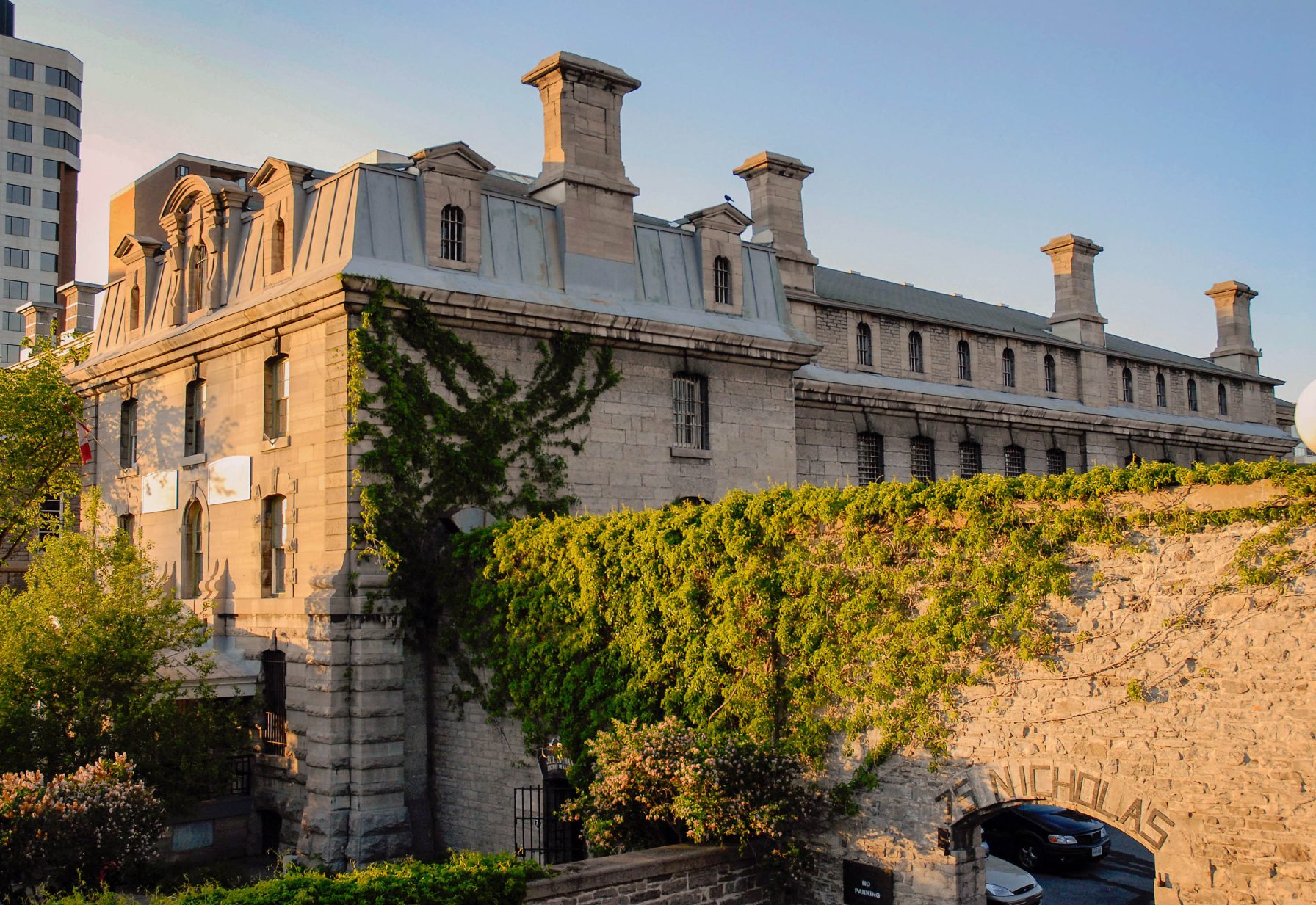
And finally, Ottawa is subject to about 10 earthquakes per year. One of the largest in recent times was the 2010 Central Canada Earthquake, which led to the evacuation of all schools in Ottawa...

Let's shake those Senators to the core with a victory tonight! Go Jets Go!
Thanks to: 35 Fun, Weird & Interesting Facts About Ottawa | Hike Bike Travel and 17 Fun Facts About Ottawa: Fascinating Ottawa Facts Told By A Former Tour Guide

We all know that Ottawa is our nation's capital and is the home of “Meth”-head, but there are other interesting facts that you may not know. Let's explore...

Ottawa was originally called “Bytown”. It was named after Colonel John By. By was the English military engineer best known for overseeing the construction of the Rideau Canal, and thus founding Bytown.
Bytown was founded in 1826, as the northernmost point on the Rideau Canal. Later, in the 1850s, the name was changed to “Ottawa”, after the Algonquin word “Adawe”, which means “to trade”. It was named this because its river (now the Ottawa River) had been used for trade purposes from Montreal for over 200 years...

Kingston, Ontario was the original capital of Upper Canada. Upon Canada’s official confederation in 1867, several Canadian cities were in the running for the capital city.
Montreal, Toronto, and Kingston were all contenders. All three cities had been more developed at the time, however, Queen Victoria surprisingly chose Ottawa to be the capital city, instead.
Her reasoning was that it was somewhat between Montreal and Toronto, and on the border of English and French-speaking Canada at the time. Plus, it was farther away from the American border than Kingston, making it more strategic in case of potential attacks...

The Chateau Laurier was the brainchild of Charles M. Hays. Hays was the president of Grand Trunk Railway, which was the major railway in Canada. Hays wanted to build the Chateau Laurier to give visitors to Ottawa an exquisite place to stay.
The hotel was built in 1911. After that, Hays travelled to London, England to buy furniture for the dining room of the hotel. The grand opening of the hotel was scheduled for the spring of 1912.
On his way back from London, Hays was offered a spot in a luxurious suite on the Titanic. We all know how that ship sailed.
Unfortunately, Hays went down with the ship in the Atlantic, along with three cases of furniture destined for the dining room of the Chateau Laurier.
The hotel is now said to be haunted by his ghost...

Ottawa boasts a UNESCO World heritage site – the Rideau Canal. It is the best preserved example of a slackwater canal built in North America. It remains operational along its’ original line with most of the structures from the early nineteenth century still intact. In winter, the Canal becomes the longest skating rink in the world (7.8 km), or so they say. Wasn't ours longer?

In 1959, Prime Minister John Diefenbaker commissioned the building of his own, highly secretive underground bunker. A remote location was found in the rural region of Carp, about 30 kilometres west of downtown Ottawa. The bunker took two years to build, and its depths are extensive and detailed in plans.
Skeptics criticize that the need for a Canadian Prime Minister to build such a bunker was a waste of time and money. When the public learned about it years later, it was said to paint Diefenbaker as a paranoid and frivolous leader.
Hindsight is 20/20, and this incredible bunker was never used. However, it is now cleverly known as the Diefenbunker Museum. Its unused interior leaves behind a perfectly preserved piece of Cold War-era history...

In 1916, there was a huge fire at Parliament. It started because of a fire in a wastepaper basket. Since the buildings were built primarily of wood in 1866, it was an instant inferno.
The Parliamentary Library is the only part that survived. Thanks to a clever librarian who closed the iron fire door, the inspiring library and many important documents inside were saved.
This is why the library looks distinctly older than the rest of the parliament buildings...


After being sold at local fairs for a few years, the first BeaverTails hut opened in Ottawa in 1980. Located in the historic Byward Market, today you’ll find it crowded with long lines for these delicious pastries.
BeaverTails are essentially Canadian donuts, and they are definitely something everyone should try.
Today, BeaverTail trucks, huts, and shops are located across Canada and even internationally. They’re a classic winter-time treat for those skating on the Rideau Canal, but they are delicious any time of the year.
Am I the only one who has never heard of these...

There are approximately 300,000 tulips in Ottawa. At least 20,000 were originally gifted to Ottawa during World War Two when the Crown Princess Juliana of the Netherlands gave birth to her daughter.
In order for a proper heir to the Dutch throne to be born, the grounds where the Princess gave birth needed to be Dutch. The Canadian government declared that the maternity suite would be “extraterritorial” for the birth, in response. This meant that the newborn royal baby was completely Dutch.
Thanks to that gift from the Dutch Royal family, Ottawa has gained a reputation as being a home to many different tulips. Nowadays, Ottawa hosts its annual tulip festival in the spring.

There is a waiting list that is over 100 years long to get one of the flags taken down from the Peace Tower at Parliament. Only one flag is permitted per household, and they’re available to anyone who is a Canadian resident.
You can reserve a spot for one of the used flags on the Government of Canada’s website. If you aren’t sure if you’ll be around in 100 years, you can reserve one for a younger family member.
This tradition just feels Canadian, which makes it one of our favourite Ottawa fun facts...

The “Whispering Wall” monument behind the Parliament Buildings is definitely worth checking out.
It was built in 1914 in memory of Robert Baldwin and Louis-Hippolyte Lafontaine, two Canadian Statesmen. It’s meant to symbolize the importance of an open and honest democracy and encourage discussion.
If you sit or stand at one side of the monument and whisper against the wall, a friend sitting on the other side will be able to hear you. It sounds like they’re sitting right beside you! You can easily have a conversation, completely by whispering...

The entire Canadian War Museum was designed to align with the sun, so that at 11:11 am on November 11th each year, the sun falls on the Tombstone of the Unknown Soldier in the Hall of Remembrance.
When you visit the Canadian War Museum, which is an incredible museum in its own right, there’s actually a line that is built into the floor of the museum that falls along this same line of the sun...

The Carlton County Jail was an operational jail from 1862 to its closure in 1972. It held inmates accused of all sorts of crimes, including murder.
During its heyday, it was known as a cruel place with poor conditions for its inmates, and several public executions took place on its grounds. After it closed and was later purchased, its grounds were excavated to reveal many unmarked graves.
As is the natural next step for old jails, nowadays it operates as a hostel. It’s rumoured to be haunted, with many unnerving stories having taken place within its four walls. There used to be a policy that you could stay for free if you could make it through the night in one of the death row cells on the top floor...

And finally, Ottawa is subject to about 10 earthquakes per year. One of the largest in recent times was the 2010 Central Canada Earthquake, which led to the evacuation of all schools in Ottawa...

Let's shake those Senators to the core with a victory tonight! Go Jets Go!

Thanks to: 35 Fun, Weird & Interesting Facts About Ottawa | Hike Bike Travel and 17 Fun Facts About Ottawa: Fascinating Ottawa Facts Told By A Former Tour Guide

 Ok at least the Jets had a day off yesterday and even with all our injuries Helly will be playing and he can keep us moving on up the standings tonight.
Ok at least the Jets had a day off yesterday and even with all our injuries Helly will be playing and he can keep us moving on up the standings tonight.


